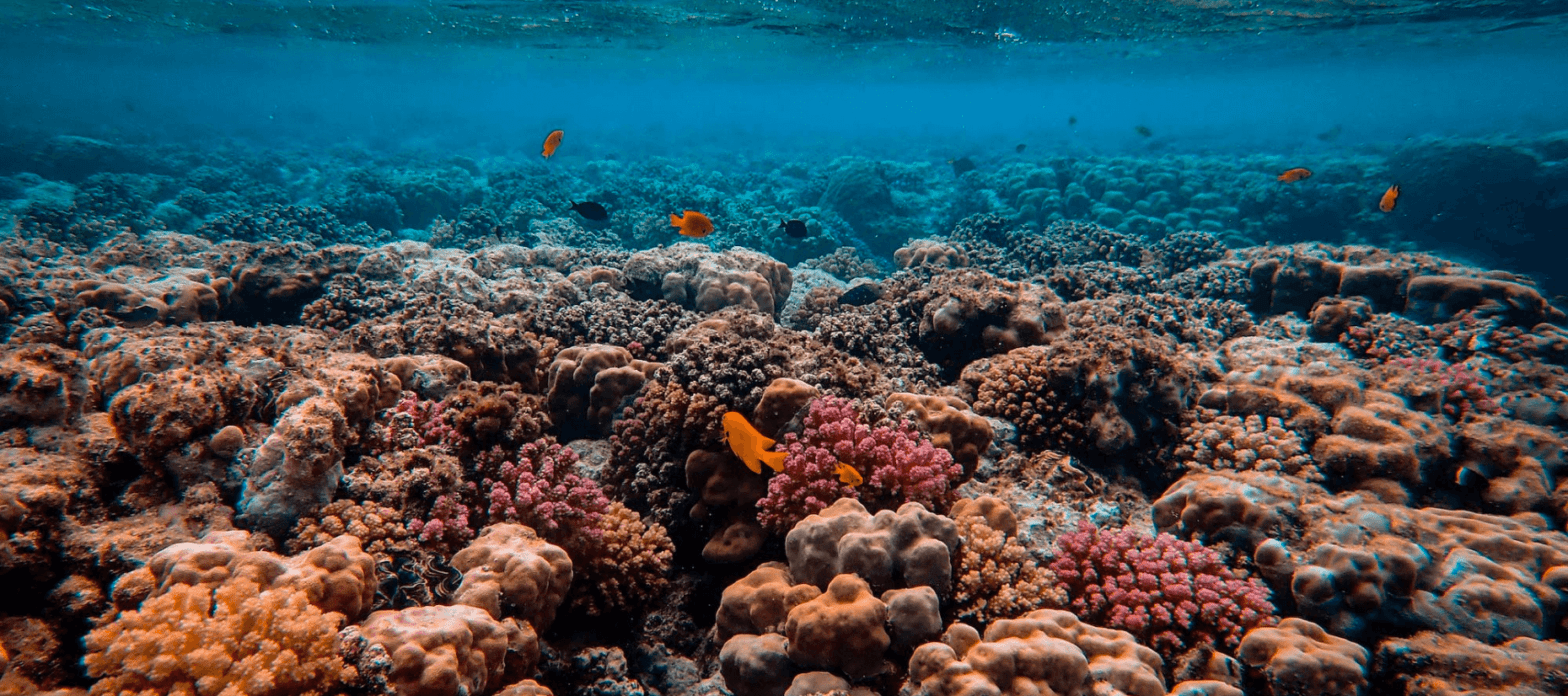- 15 September 2023
Introduction to Green Gravel and Kelp Restoration
Kelp forests, often referred to as the rainforests of the sea, play a critical role in marine ecosystems. They support a diverse array of marine life, improve water quality, and sequester significant amounts of carbon, helping to combat climate change. However, despite their importance, kelp forests have not received as much attention as their terrestrial counterparts. Around the world, these underwater forests are declining at an alarming rate due to a variety of environmental stresses.
Recognizing the urgent need for action, Canopy Blue in partnership with The University of Western Australia has embarked on a mission to restore kelp forests off the coast of Western Australia, where vast swathes of kelp have vanished. The organization has been using a novel restoration method known as “green gravel,” which holds promise for scaling up marine reforestation efforts significantly.
The Green Gravel Technique
Developed through rigorous research and trials, the green gravel technique involves seeding small gravel with kelp in a controlled laboratory setting. This allows the kelp to begin its life in optimal conditions. Once the kelp matures, these gravels are deployed into ocean restoration areas, targeting areas where kelp forests have disappeared. This method is particularly advantageous as it bypasses the need for costly and labor-intensive scuba diving operations.
Green gravel has shown promising results in turf-covered reefs in Norway and is now undergoing trials in various global locations coordinated by the Green Gravel Action Group. In Australia, Canopy Blue has successfully demonstrated the viability of this technique in small-scale trials, with kelp growing robustly over several months on the ocean floor.

Continuous Innovation and Expansion
The Broader Impact
The loss of kelp forests is a global issue with profound implications for biodiversity, climate change mitigation, and marine health. Kelp forests provide crucial ecosystem services, such as buffering against ocean acidification and supporting fisheries, which are vital for food security. By restoring these forests, Canopy Blue aims to not only bring back lost kelp but also to contribute to a healthier, more resilient ocean ecosystem.
More news
-
11 June 2024
Key Advances in Seaweed Cultivation and Carbon Capture Initiative
Canopy Blue has made substantial progress in our Western Australian seaweed cultivation and carbon capture projects over the last nine months. Kalbarri One has produced excellent Kelp Credit sales including a recent... -
23 March 2023
How UWA is using a unique carbon offset partnership to help restore kelp forests
The University of Western Australia has partnered with local business Canopy Blue in a bid to reduce its carbon footprint, while allowing it to reinvest in its own research to help regenerate... -
19 April 2023
World’s at-risk kelp forests provide billions of dollars in benefits, study shows
Report highlights environmental and economic impacts of algae threatened by climate crisis, overfishing and pollution Graham Readfearn Almost a third of the globe’s coastal environments rely on kelp to reduce local pollution...


